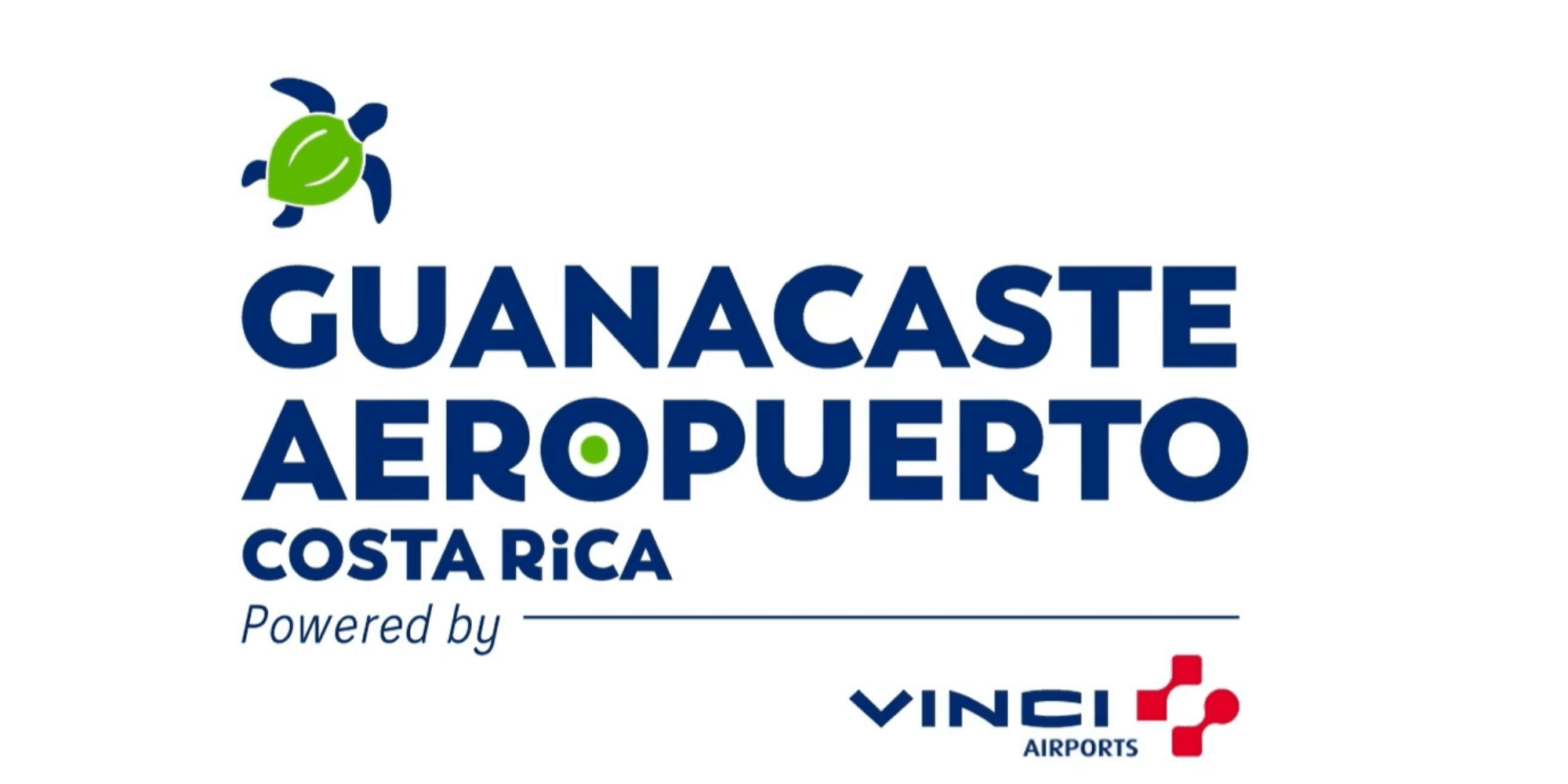Costa Rica, a small Central American country, is often referred to as the jewel of biodiversity. Despite covering only about 0.03% of the Earth’s surface, it is home to nearly 5% of the world’s known species. This exceptional diversity is due to its varied topography and climates ranging from tropical rainforests to misty cloud forests, coastal mangroves to dry savannahs. Such abundance is not just a source of pride for Costa Rica; it plays a pivotal role in the global ecosystem. These ecosystems act as carbon sinks, reducing global warming, while also serving as research areas for medicinal discoveries, ecological studies, and much more.
Introduction to the Ley de Conservación de la Vida Silvestre N° 7317
Ley de Conservación de la Vida Silvestre N° 7317, or the Wildlife Conservation Law No. 7317, is one of Costa Rica’s most important legal frameworks geared towards the protection of its vast wildlife. Introduced in 1992, this law emphasizes the protection, recovery, and management of wildlife species, their products, and by-products.
A Brief History and Purpose of the Law
Before the 1990s, while Costa Rica was recognized for its rich biodiversity, the nation lacked a comprehensive legal structure to ensure wildlife conservation. Observing the rapid deforestation and habitat destruction, the Costa Rican government, with input from environmentalists and experts, introduced the Wildlife Conservation Law in 1992. The primary purpose of this law is to ensure sustainable use of the nation’s wildlife resources while preserving their habitats and promoting recovery of threatened species.
Its Role in Preserving the Wildlife and Habitats of Costa Rica
The law prohibits hunting for sport, sets regulations on the capture and trade of wild species, and emphasizes the importance of habitat conservation. By providing a legal framework for prosecution and penalties for wildlife crimes, the law has played a crucial role in deterring illicit activities like poaching, illegal pet trade, and habitat destruction.
How Premio DMC Supports and Adheres to This Law:
Activities and Initiatives to Conserve Wildlife: Premio DMC is staunchly dedicated to preserving the rich biodiversity of Costa Rica. By funding and participating in reforestation projects, species recovery efforts, and establishing private reserves, the group ensures a hands-on approach to conservation.
Promoting Awareness Among Visitors: Through eco-tourism initiatives, Premio DMC educates tourists about the diverse species of Costa Rica, their importance, and the threats they face. By fostering a sense of responsibility and admiration, they encourage visitors to be ambassadors for conservation.
Collaborating with Local Communities and Conservation Organizations: Recognizing that conservation is a collective effort, Premio DMC actively collaborates with local communities, ensuring they benefit from conservation initiatives, and partners with other organizations to amplify the conservation impact.
Ensuring Responsible Travel and Tourism: The tours and activities organized by the Premio DMC are designed to minimize environmental impact. They strictly follow guidelines that ensure habitats remain undisturbed and the life cycles of species are respected.

Sustainable Choices: How Your Purchases Impact Biodiversity
Our choices as consumers directly affect the world around us. Each purchase has the potential to either support or harm our planet’s diverse ecosystems. Want to be part of the solution? Here are five pivotal tips to guide you on a more sustainable path:
1. Know Before You Buy:
Always be informed about the origins of what you purchase. For example, avoid products made from tortoiseshell, as these originate from endangered hawksbill turtles. The rule of thumb? Avoid any product that threatens wild species.
2. Rethink Animal Products:
Fashion choices can have significant ecological consequences. Avoid fur, leather, and products like tortoise-shell glasses. If it came from an animal, especially a wild one, think twice before buying.
3. Be Seafood-Savvy:
Protect our marine life by avoiding products from cetaceans like whales. If seafood is on your plate, choose larger-sized fish and steer clear of shark fin products. This ensures young fish get a chance to grow and reproduce.
4. Handcrafted with Care:
Handmade products can be tempting, but always ensure they aren’t sourced from the wild. From butterflies to bird feathers, a responsible purchase respects nature’s boundaries.
5. Sustainable Farming Matters:
Support agriculture that’s kind to Earth. Choose organic products free from harmful pesticides and support local farmers who sustainably manage their resources.
Our daily choices, no matter how minor they seem, have measurable impacts on global biodiversity. By adopting sustainable consumption habits, we can directly contribute to the conservation of essential ecosystems. By understanding and avoiding products that harm wildlife, we support healthier oceans, forests, and habitats. As consumers, we possess the collective power to drive market demand towards sustainable sources. It’s crucial to stay informed, make choices based on evidence, and share this knowledge with others. The future of our planet’s biodiversity, in many ways, rests on our informed decisions.

Importance of preserving Costa Rica’s archaeological heritage.
Costa Rica, while renowned for its biodiversity, is also a treasure trove of ancient history and archaeology. From pre-Columbian settlements to intricate stone spheres and petroglyphs, the nation’s archaeological heritage offers a window into the lives, cultures, and histories of its indigenous inhabitants long before European contact. Preserving this archaeological heritage is not just about protecting the past; it’s about understanding our human journey, celebrating the cultural diversity of Costa Rica, and ensuring that these invaluable lessons are available for future generations.
A glimpse into the Ley de Patrimonio Arqueológico N° 6703
The Ley de Patrimonio Arqueológico, or the Archaeological Heritage Law, is Costa Rica’s primary legal instrument for the protection and promotion of its ancient treasures.
Its Role in Preserving and Promoting Archaeological Sites and Artifacts: This law safeguards archaeological sites from unauthorized excavations, looting, and damages. It mandates that any archaeological find, be it by accident or during construction works, should be reported to relevant authorities. By ensuring that experts manage and interpret these sites, the law guarantees that the integrity and context of the artifacts and sites are maintained.
Ensuring the Rich History and Culture of Costa Rica is Passed Down to Future Generations: The law promotes research, documentation, and public education. Museums, interpretative centers, and educational programs benefit from this legislation, allowing Costa Rica’s rich history and culture to be shared with both locals and the world.
Premio DMC's role in upholding this law:
Organizing Tours that Educate Tourists: Premio DMC curates educational tours that offer tourists a deep dive into Costa Rica’s archaeological wonders. Guided by knowledgeable experts, visitors gain insights into the significance of each site and artifact, ensuring a holistic understanding of the nation’s past.
Collaborating with Local Historians and Archaeologists: Understanding the importance of authenticity and accuracy, Premio DMC collaborates with local historians and archaeologists. This collaboration ensures that the information relayed to tourists is factual, current, and comprehensive.
Ensuring Respectful Approaches: Premio DMC is adamant about the respectful approach to archaeological sites. They ensure that all tours adhere to best practices, causing no harm or disruption to these sensitive sites.
Promoting Awareness: The importance of preserving archaeological heritage is a cornerstone of Premio DMC’s ethos. Through brochures, multimedia presentations, and interactive sessions, they emphasize the need to protect and respect these vestiges of the past to tourists and stakeholders alike.

Making Travel and Tourism Safe for Everyone Involved Remains a Crucial Priority for Premio DMC
At Premio DMC and Camino Group as a whole, we’re deeply invested in sustainable tourism in Costa Rica. Our dedication isn’t just about offering tours; it’s about respecting and preserving the rich environment and cultural heritage that Costa Rica generously shares. In the vast expanse of the travel industry, our choices and the choices of our travelers leave lasting impacts. When travelers choose a tour operator like Camino Group, they’re actively supporting the preservation and respect of the destinations they cherish.
For an authentic and responsible travel experience, partnering with entities that prioritize both the environment and local culture is crucial. This commitment ensures that destinations remain vibrant and intact for future explorers.


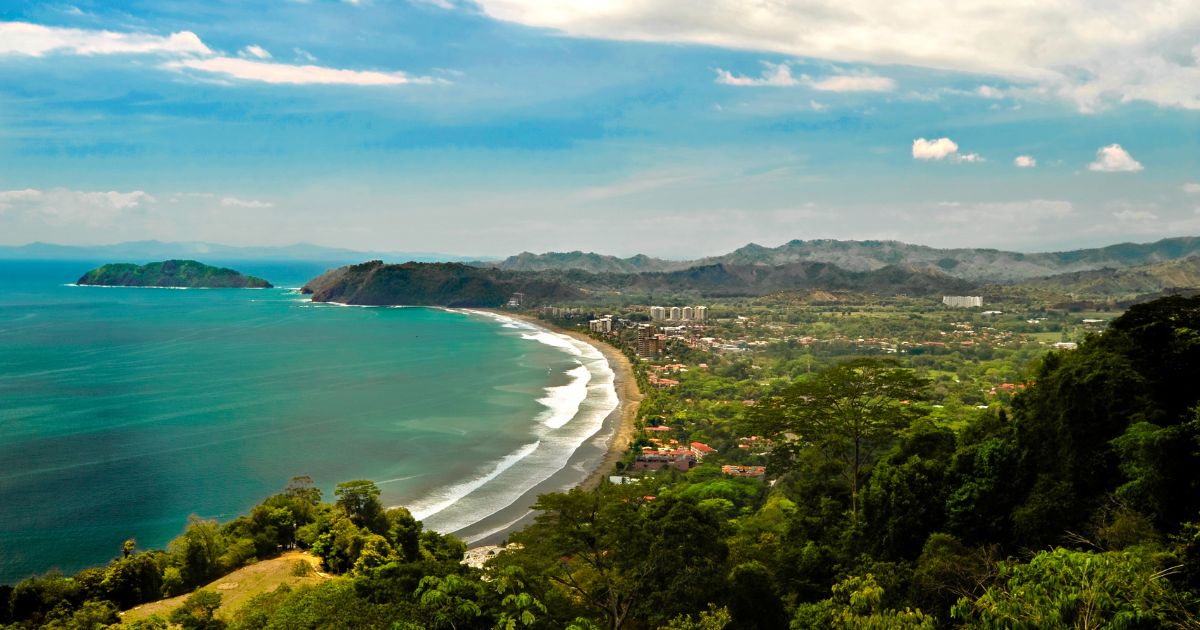
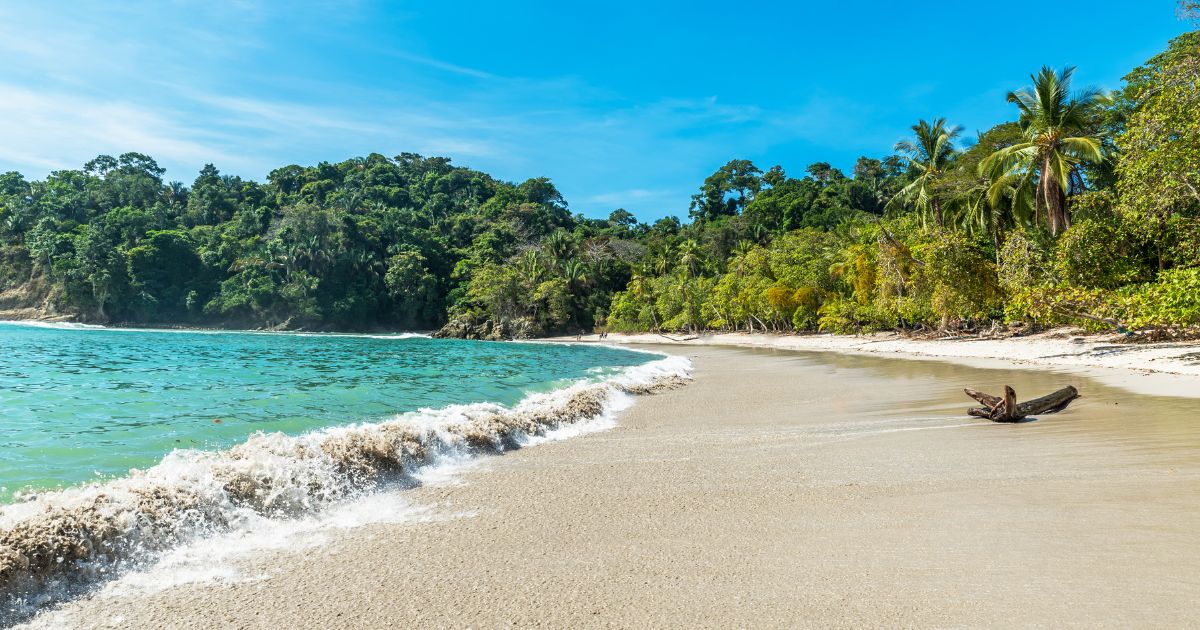
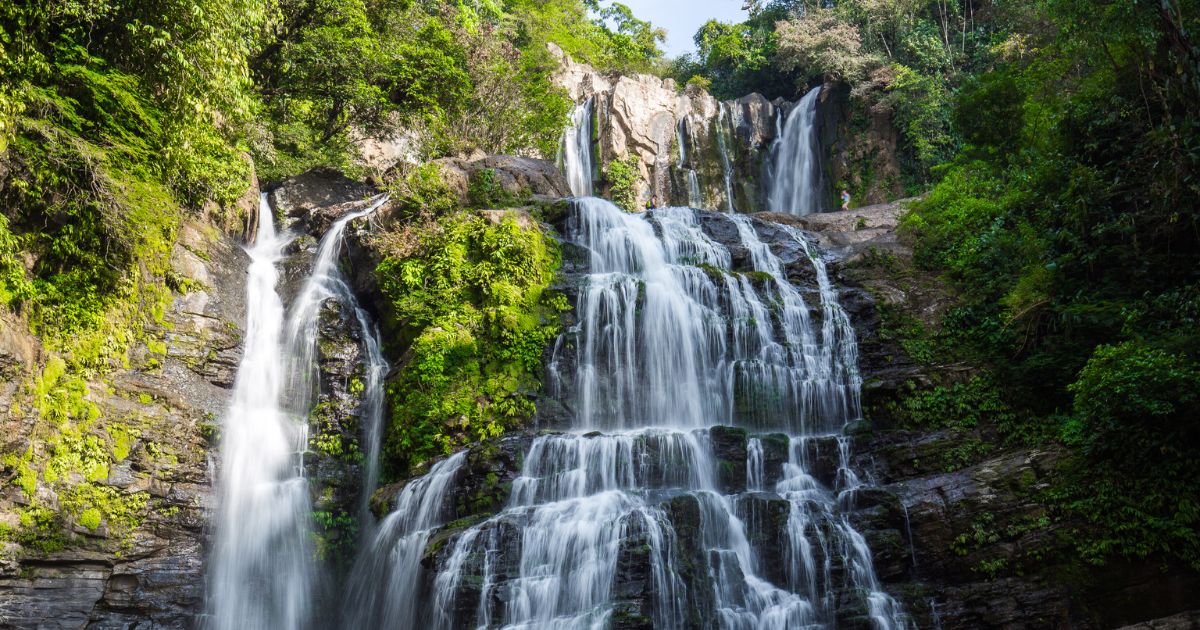
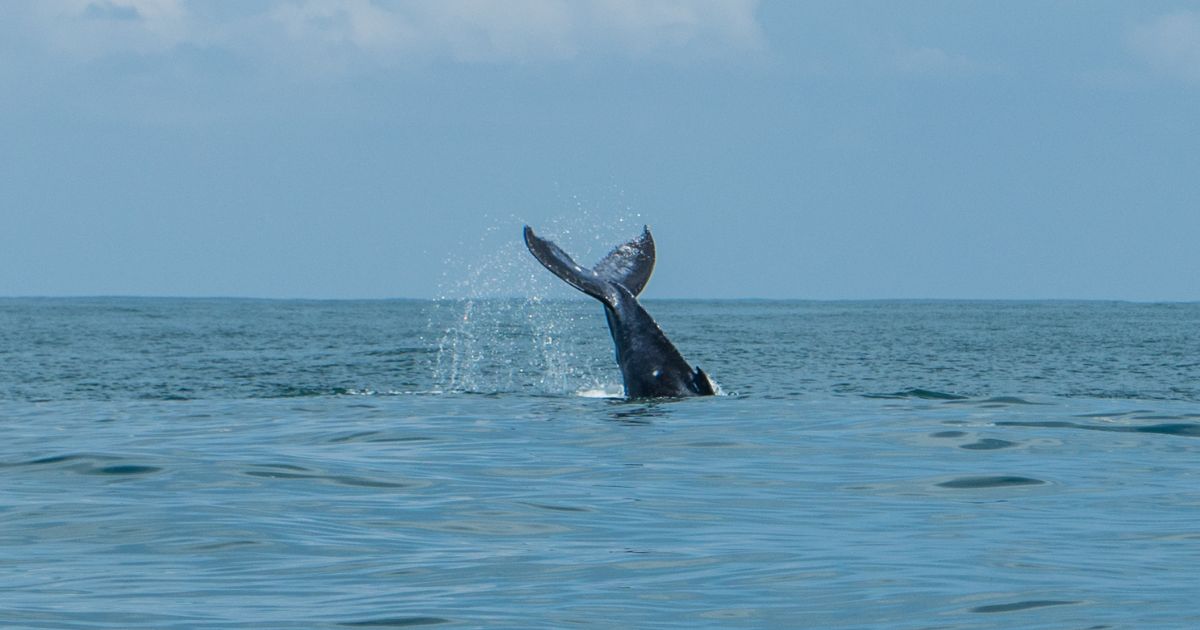
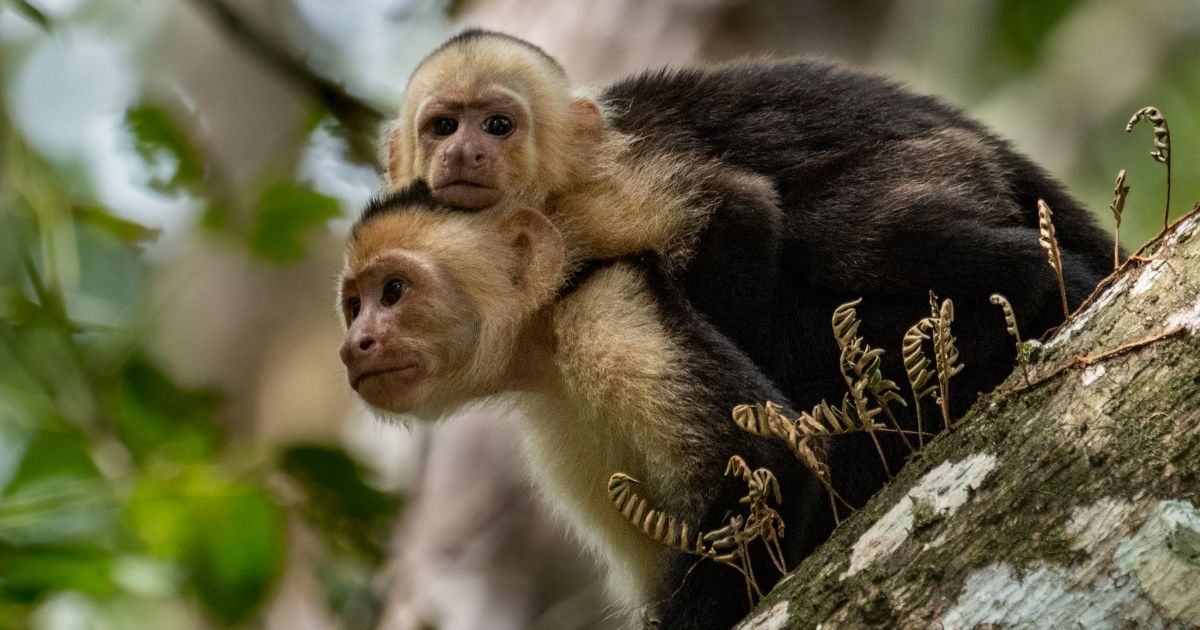
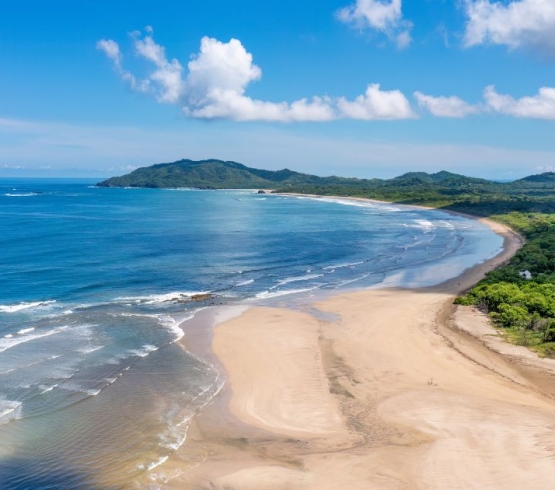


































_medium.jpg)























_medium.png)


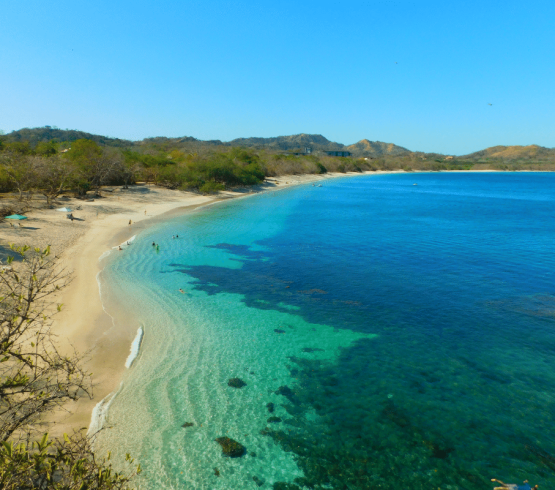





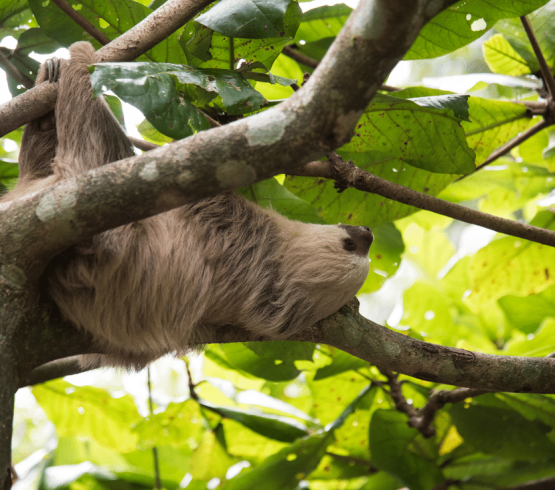










_medium.png)
